All places in the North face different challenges when it comes to transport decarbonisation and many will require very different solutions if we’re going to achieve our collective regional decarbonisation ambition.
This page includes information and links to tools and guidance developed by Transport for the North to help our partners incorporate Quantified Carbon Reduction (QCR) into their Local Transport Plans (LTPs).
Please note that we are still awaiting the publication of the Department for Transport’s draft LTP and QCR technical guidance. Therefore Transport for the North’s tools and guidance described on this page may be subject to update and further development to accommodate the final QCR and wider LTP preparation guidance, once it is published by the Department.
The preparation of Local Transport Plans (LTP) by our partners provides an important mechanism for helping to shape place-based decarbonisation. Through its Transport Decarbonisation Plan, government has committed to driving decarbonisation at a local level by making quantifiable carbon reductions a fundamental part of local transport planning and funding.
LTPs now need to set out how local areas are proposing to deliver carbon reductions in surface transport, to help achieve local and national targets – and actually quantify these reductions.
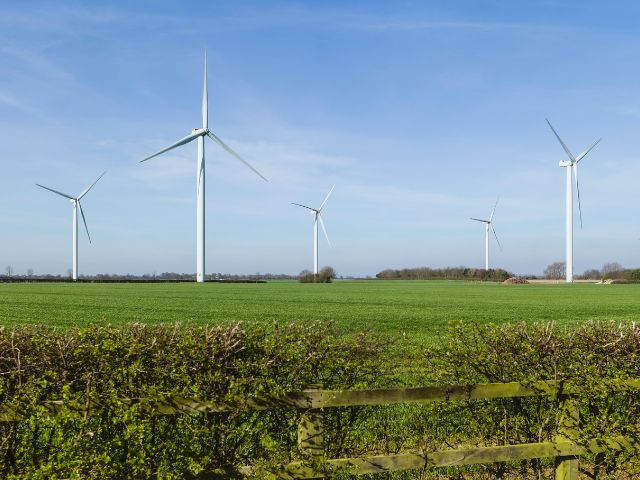
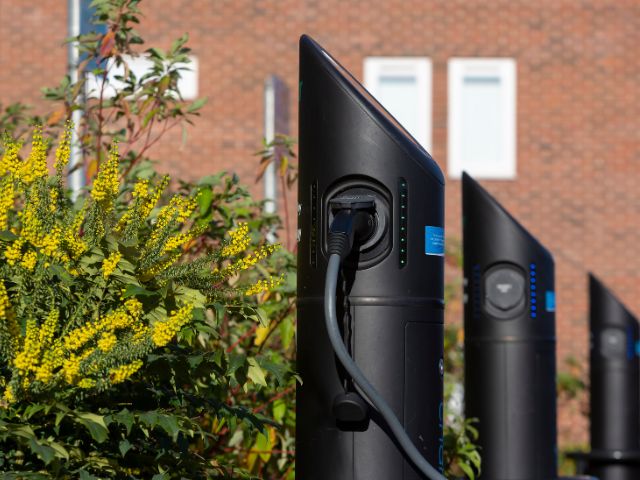
The Department for Transport is to publish technical guidance, providing practical, carbon specific advice for local authorities on how they should go about both estimating and reducing the carbon impacts of their LTP, as a companion document to the wider LTP guidance.
We believe the Department intend to consult local authorities on the contents of the guidance before publishing a final version. The dates for both the consultation and publication are as yet unconfirmed.
Supporting the development of place-based decarbonisation pathways was identified as a key stakeholder priority identified during the public consultation on our Decarbonisation Strategy in 2021.
Our Strategy now includes a number of activities relevant to place-based decarbonisation, allowing us to support our local authority partners in developing their own local route-maps for transport decarbonisation.
The Department for Transport, within their Transport Decarbonisation Strategy (2021) have also been clear about the role of subnational transport bodies (STBs) in working to turn national decarbonisation priorities into actionable plans for their region. To facilitate this, DfT have supported the STBs to develop a number of tools to assist local transport authorities in the quantification of their LTP carbon reductions. These tools have been reviewed by DfT and are likely to be cross-referred to within DfT’s QCR technical guidance.
Our Decarbonisation Strategy
Our QCR dashboard provides every local authority within the Transport for the North area, with a carbon baseline from cars, LDVs and HGVs which can be disaggregated to understand where those emissions come from (e.g. by vehicle type, fuel type or time of day). It also provides future user emission forecasts up to 2050.
Access to the dashboard is restricted to our Partners (i.e. the Local Authorities in the North). Partners can gain access by emailing [email protected] and including email details for all officers who require access. A link to the dashboard will be provided directly to those requiring access
Users should refer to our ‘how to’ guide on the site when using the dashboard initially. Any further queries or comments on the tool should be addressed to [email protected].

Our Clean Mobility Tool allows local authority partners access to evidence-based and contextualised policy packages for mode shift and demand management, assigned by their appropriateness for different place types.
This tool is also likely to be cross referenced within DfT’s QCR Guidance, and the evidence presented within the tool, can be used to augment local research to help create the LTP policy/intervention long list.
By using this tool, partners can ensure that their LTP reflects an evidence-based set of policies to achieve not only carbon, but also economic, health and social benefits.
Our Clean Mobility ToolOur innovative work on Electric Vehicle charging infrastructure (EVCI) takes strategy and planning in this area further, based on one of the richest data sets available.
It enables an evidence-based approach to move forward with implementation at pace.
Learn more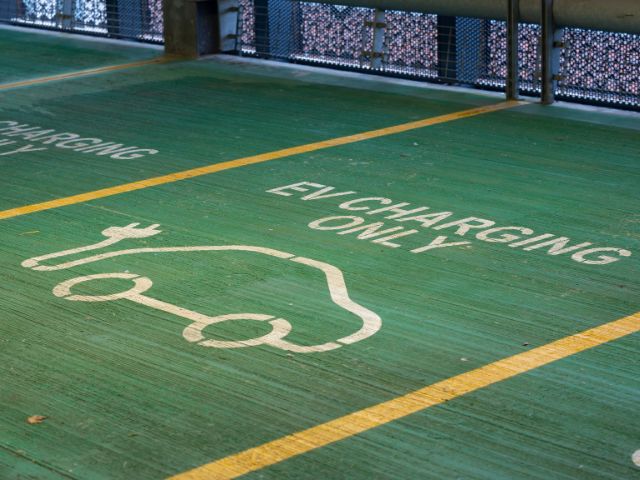
Although we are still awaiting the publication of DfT’s draft LTP and QCR technical guidance for consultation we have undertaken to make both our QCR Dashboard and Clean Mobility Tool available immediately following their development.
We will continue to update and develop our QCR Dashboard, reacting to feedback from users and to accommodate the final QCR/LTP guidance once published.
In addition, TfN is actively collaborating with other STBs to develop the STB Decarbonisation Playbook, which will incorporate our QCR Dashboard and combine this within an online tool with the functionality to test the impact of user-defined transport policy packages, enabling the carbon impact of different policy measures against the localised baseline information to be quantified and understood.
By integrating the Playbook with the TfN QCR Baseline Dashboard, and automating the underlying calculation methodology, the need for specialist support when defining policy packages is significantly reduced, if not avoided.
We envisage publication of the STB Decarbonisation Playbook in Autumn 2023.
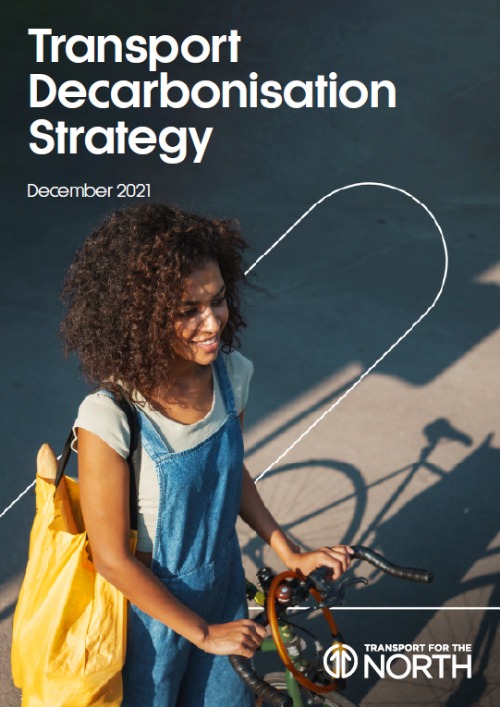
Our Transport Decarbonisation Strategy is the culmination of efforts from TfN and our partners across the North to create the tools, capability and evidence that will help sha
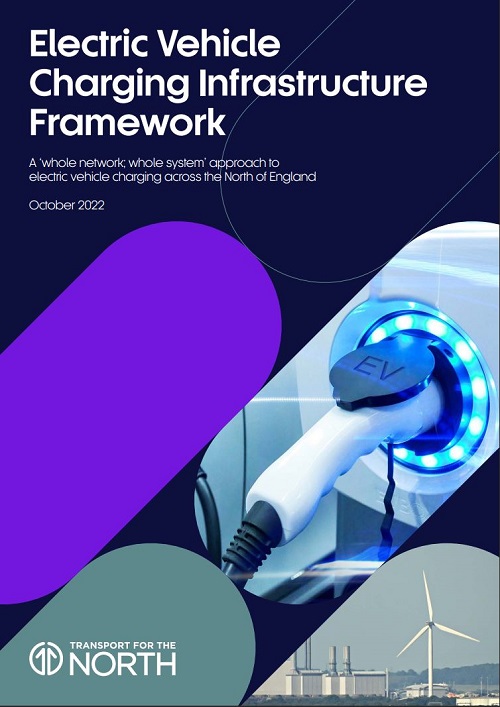
Our Electric Vehicle Charging Infrastructure framework has been developed to support local authority and national government partners in the planning and deployment of local
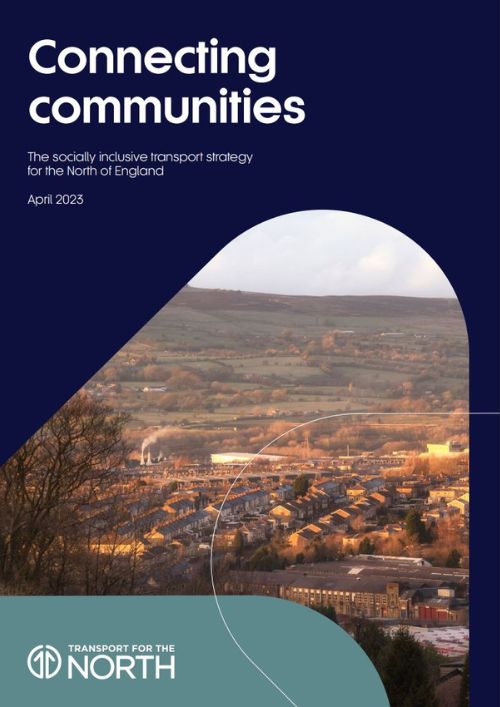
The Connecting Communities strategy sets out Transport for the North's response to the urgent social challenge of transport-related social exclusion. This includes defining ho
CLOSE POPUP [X]